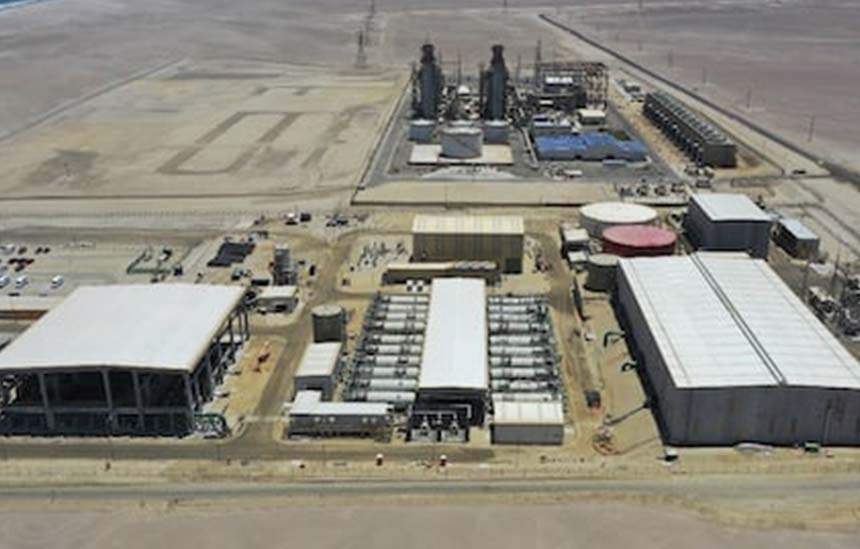- With this milestone, the project fully enters its commercial exploitation phase, ensuring the delivery of water with the highest quality and efficiency to the mine for its copper production.
- The importance of successfully passing these tests is especially relevant due to the requirements of process availability and because it represents the success of the most important concessional water contract carried out in the mining sector.
TEDAGUA has managed to pass the performance tests of the desalination plant and associated impulsion system to supply water to the Spence mine, located in the Antofagasta region (Chile).
This milestone represents a definitive step for the global expansion project of the mine, with a total investment of $2,460 million, since it produces the necessary water for the processes of concentration of copper ore and its subsequent refining for the second largest mining company in the world, BHP.
The project that is now entering the operation phase includes an 86,400 m3/day desalination plant, a 154 km desalinated water delivery system that drives the water to 1,654 m through three pumping stations and a 36″ steel pipe, in addition to an electrical transmission line of 75 km at 66 KV.
In addition to representing an achievement in the final objectives of the client, this plant is of special importance for all mining, as it is possible to verify the success of the most important water concession project carried out to date in the sector. Likewise, it represents a boost for the entire region where a great deal of activity is concentrated in the mineral extraction industry and which, thanks to the use of desalinated water in the process, achieves greater sustainability by reducing the consumption of chemical reagents, The use of surface or underground freshwater sources that are so scarce in the area is avoided and a new economic model more committed to the environment is initiated.

